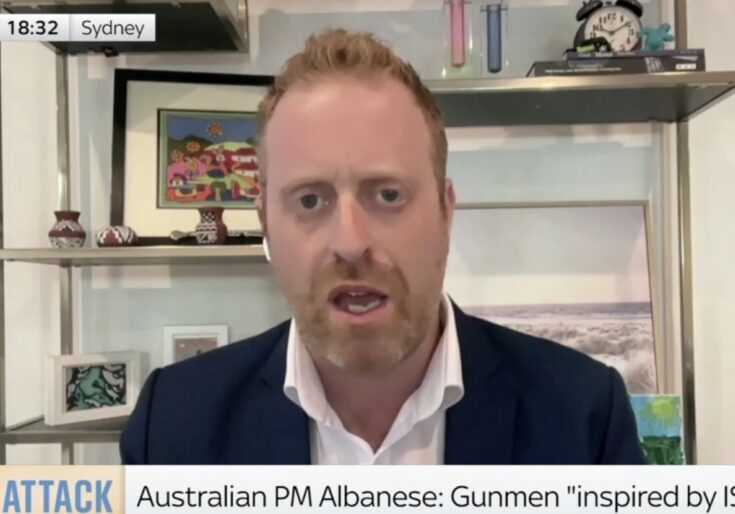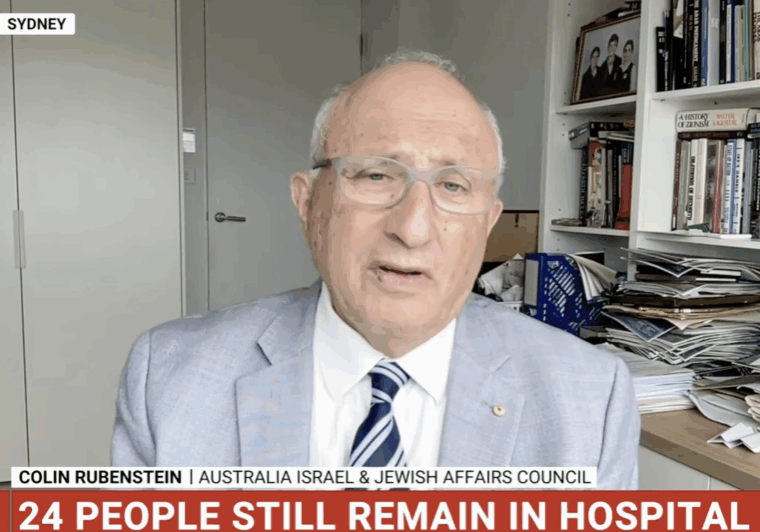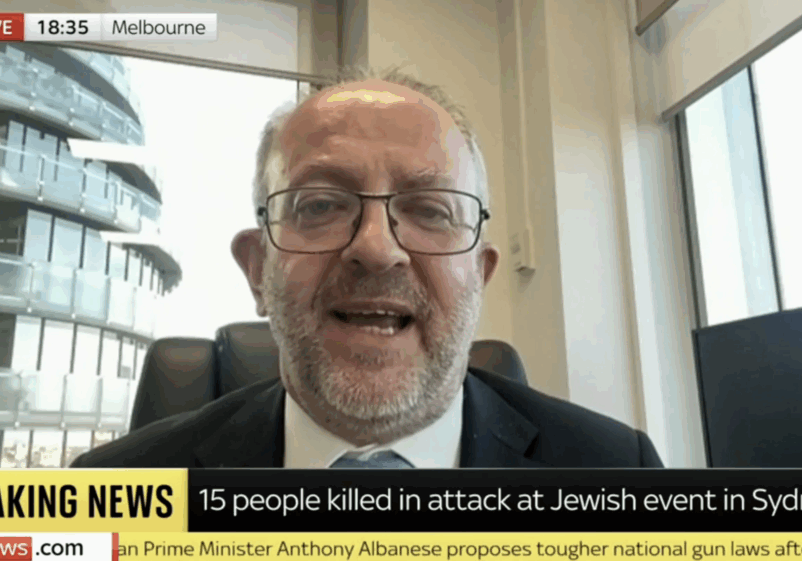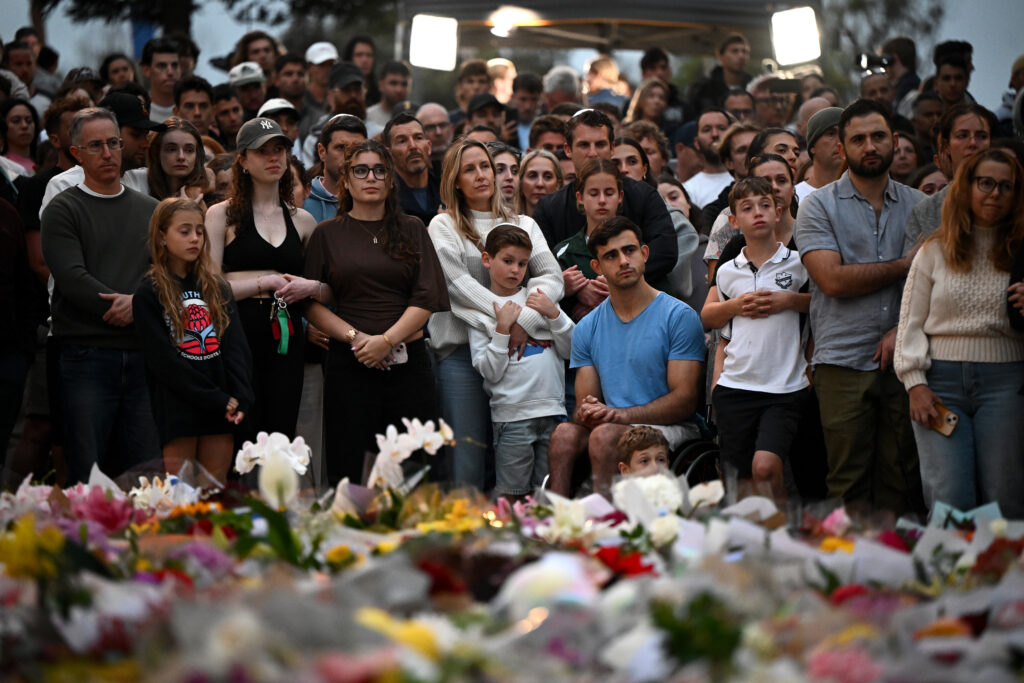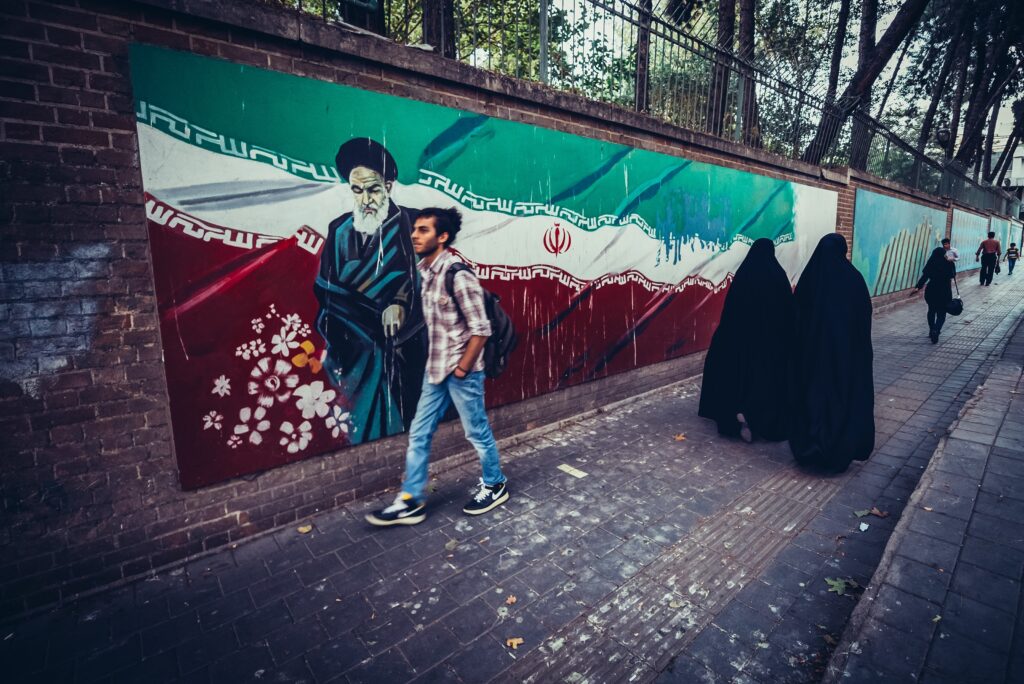FRESH AIR
Israel’s humanitarian response in Ukraine continues a long Israeli tradition
March 22, 2022 | Tammy Reznik
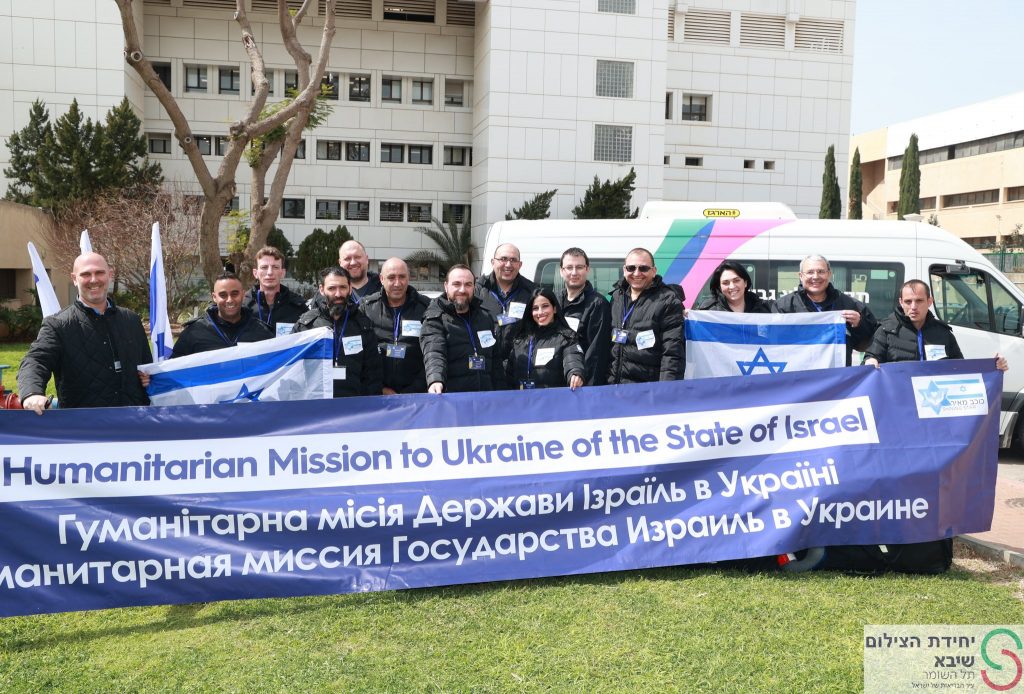
As it so often does during times of crisis, Israel has committed tonnes of goods and hundreds of its finest diplomats, medics and humanitarian workers to help the people of Ukraine in the current war launched by Russia.
Focus on medical aid
Whilst there has been a huge international response to the crisis, including tonnes of equipment, funds and some countries supplying military equipment, Jerusalem has provided aid with a focus on its well-developed capacity to provide medical assistance, despite not sharing any borders with Ukraine.
Israel acted quickly after the crisis hit, sending a professional mental health delegation from the World Zionist Organisation to Ukraine within the first week of the invasion, as well as a large shipment of medical supplies, equipment and clothing to be shared across all citizens, Jewish and non-Jewish. This effort has been managed by multiple agencies, including the Foreign Ministry, Health Ministry, and leading Israeli hospitals.
Israel’s humanitarian effort culminated with an announcement on March 14 of a Government approved operation Kochav Meir, named after Israel’s Ukraine-born prime minister Golda Meir. This operation will see the setting up of a field hospital on the ground in Ukraine, with at least 100 staff members. It is expected to begin operating on March 22. It is anticipated that the hospital will then be active for about a month.
Israel has long been renowned for its capacity to set up these field hospitals in emergency zones, but this case is significant for a number of reasons:
- Whilst its operations, according to a government statement, will be led by the Foreign and Health Ministries, the day to day operations will be steered mainly by medical staff from Israel’s Sheba Medical Centre and Schneider Children’s Medical Centre.
- The hospital will have an ER, a delivery room, an X-ray machine and other medical services for men, women and children, including options for remote treatment from doctors in Israel.
- The cost of the Kochav Meir is set to be in the vicinity of NIS 21 million (AUS $8.75 million), and will come from the Government, the Schusterman Family Foundation and the Joint Distribution Committee, a leading international Jewish charity.
- Israel has also purchased six giant electricity generators for Lviv’s main hospital. Each generator weighs seven tons and transporting them has been a slow exercise. Israel’s ambassador in Rome, Dror Eydar, purchased the generators in Italy and secured places for them on trucks into Ukraine on March 17.
Israeli Prime Minister Naftali Bennett stated, “Establishing a field hospital there, in Ukraine, is an initiative that not many countries are capable of taking on themselves. The State of Israel has this capability and we are getting underway. This is important and I am pleased that we – the Health Ministry and the Foreign Ministry, with the assistance of the Finance Ministry – are leading it.”
The Government has refused to provide the exact location of the hospital, but has said that it will be situated on a school parking lot around 10 kilometres inside Ukraine.
Diplomatic Aid
Israeli humanitarian efforts, have also been created across diplomatic lines, with ambassadors from border countries joining the endeavour. For example, in addition to Ambassador Eydar’s efforts in Rome to send generators to Ukrainian hospitals, Israel’s ambassador to Romania, David Saranga confronted with horror the unfolding humanitarian and refugee crisis, when he took to the front lines. As of March 15, more than 3 million people had fled Ukraine, according to the United Nations, and a large number of these sought refuge in Romania. Saranga left the comfort of a diplomat’s office to assist at aid stations, and refugee centres, as well as providing administrative care and documentation, and organising flights for Israeli citizens and non-Israelis. Ambassador Saranga was also involved in the rescue of seriously ill Ukrainian children in need of life-saving care, arranging for them to be air-lifted to Israel’s Schneider Children’s Medical Center in Petach Tikva.
Aid via Immigrant Absorption
As well as the above efforts, the Israeli Government is looking at enhancing efforts to absorb more Ukrainian immigrants and refugees. Plans include creating accommodation from old IDF bases, funding for short-term and long-term housing and rent assistance, and provision of help to municipalities in order to integrate new immigrants from Ukraine in education, social services, and community cohesion.
The Government has also announced that no restrictions would be imposed for the time being on Ukrainian war refugees arriving in Israel. Originally, only 5,000 were to be permitted into Israel, but refugees with a relative in Israel will now not be counted as part of the quota. They will receive a temporary visa for a period of three months and if the fighting is still not over by then, they will also be able to work in Israel after that point. The 20,000 Ukrainian citizens who the Government believes were in Israel illegally when the war broke out can also remain temporarily and will not be deported.
Thinking on their feet
One of Israel’s leading universities, the University of Haifa, has also launched a tailored fund for refugees from the Russia/Ukraine crisis. Named the Scholars Refugee fund, the program provides emergency funding whilst also supporting stipends and scholarships. The fund is seeking to raise AUS $1.75 million to support approximately 100 scholars.
The fund was established swiftly, in consultation with Ukrainian universities and US-based NGO Scholars at Risk. Haifa plans to welcome approximately 100 participants across all academic levels. Once again there will be a focus on mental health needs, with provision of counselling and a “safe space”.
A little history & Golda Meir’s legacy
Israel by way of tragic circumstance has developed a leading role in response to mass casualties. As such, Israel has established a set of extremely effective procedures for rapid and effective response in case of emergency, with a recognition of the mental health impacts, as a key aspect of its international response.
Israel’s humanitarian efforts, began in 1958, with the establishment of MASHAV, a Hebrew acronym for the Agency for International Development Cooperation, following the first visit of the then-Foreign Minister Golda Meir to Africa.
From there, Israel formalised its humanitarian aid agenda as a principal element of the country’s international cooperation efforts.
Meir, who went on to become Israel’s first and only female Prime Minister, played a significant role in Israel’s crisis response, and MASHAV is one of her strongest legacies.
Interestingly, Meir is a popular figure in Ukraine, thanks to her own Ukrainian heritage (she was born and spent most of her childhood in Kyiv). This makes the decision to name Israel’s field hospital in Ukraine after her particularly appropriate.
Since the 1980s, Israel has also provided humanitarian aid in the wake of natural disasters and terrorist attacks.
Over the years, Israel has extended international humanitarian aid assistance to more than 140 countries in total, including even to nations who do not maintain diplomatic relations with the Jewish state.
A sense of familiarity goes a long way
Israel’s links with both Russia and Ukraine run deep. Both countries have substantial Jewish communities, whilst a million plus Jews from these nations have immigrated to Israel since the collapse of the Soviet Union over thirty years ago. Even further back, a substantial portion of Israel’s large Holocaust survivor community hails from the region.
The relationship is complex and historical, and this connectedness appears to have played a part in Bennett‘s ability to retain Russian President Vladimir Putin’s trust as he has tried to mediate a Russia-Ukrainian peace, but just as importantly has allowed for good Israeli access to both Russia and Ukraine, in the skies and on the ground. This has made the delivery of aid somewhat smoother, and allowed for both remote and direct medical care, a continuous supply of provisions and most recently a deployment of close to one hundred medical professionals – as well as a focus on much needed mental health assistance.
RELATED ARTICLES
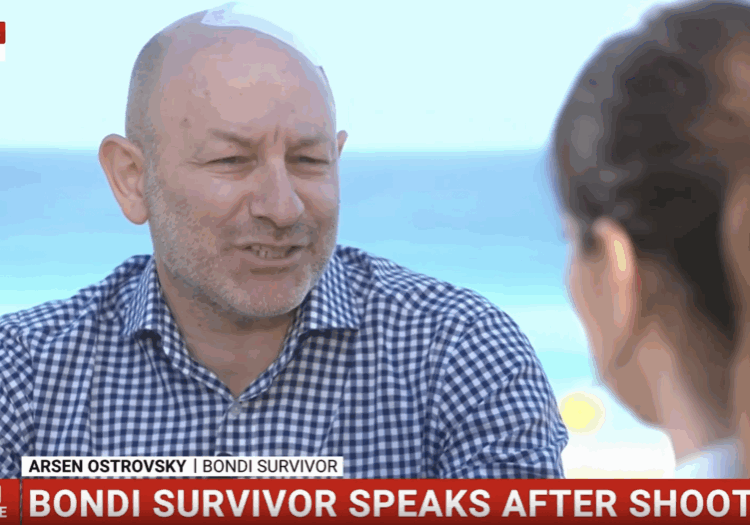
“My first reaction was ‘I need to know where my family is'”: Arsen Ostrovsky on Sky News














